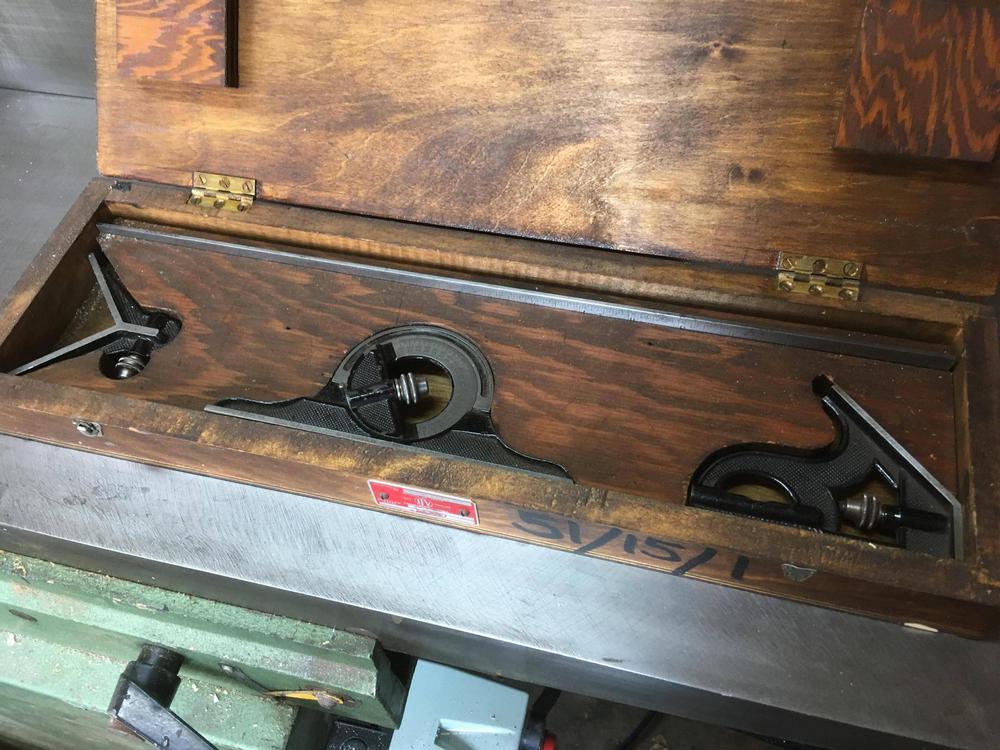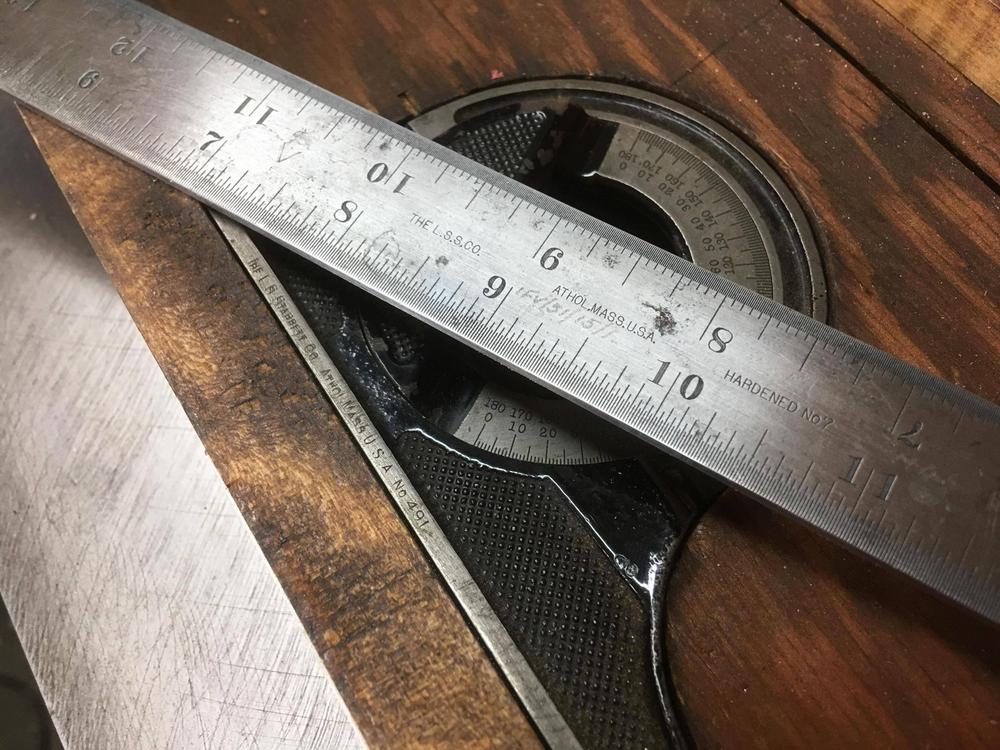rafezetter":2cshi4dl said:
At the risk of being even more unpopular............................................................................I'll leave it there.
What is this, a rally round for MikeG?
At what point did I say anyone MUST? I said;
shed9":2cshi4dl said:
The short answer is if you want precision, put more money down IMO.
And at what point did I compare the Moore & Wright being dropped comparative to the elusive £8 tool being dropped? I simply said I personally didn't think it was reasonable to drop a Moore & Wright from 1m and it still be expected to be in tolerance, that was it. You added the comparison.
As for a tool keeping its tolerance, it’s a tool and it’s going to get used, it’s going to take some day-to-day abuse (not dropped from 1m but used). A cheap tool is just that, it’s built for a particular market and its manufacture, materials (yes different metals with different treatments), construction method, fastening, adhesives, rivets, screws, etc, etc are not designed to the same tolerance of a more expensive product. No magic, no pampering, just the reality of products at that price point.
As I said to MikeG, I get it, you don’t agree with me but no need for the attitude; the suggestions of unbelievable credulity, suggestions I have magic powers to see temperatures no one else can see and the mocking attitude to the perfectly reasonable statement that precision tools from the likes of Moore & Wright, Starrett, Bridge City and Incra are going to be marginally better than a cheaper tool (including a set of four from your local Axi).
As I keep saying, repeatedly - This is just my opinion, take it or leave it. If you have an issue with me at least say what it is then maybe we can move on. I've said nothing contentious, good tools cost more in my opinion, that's it.






